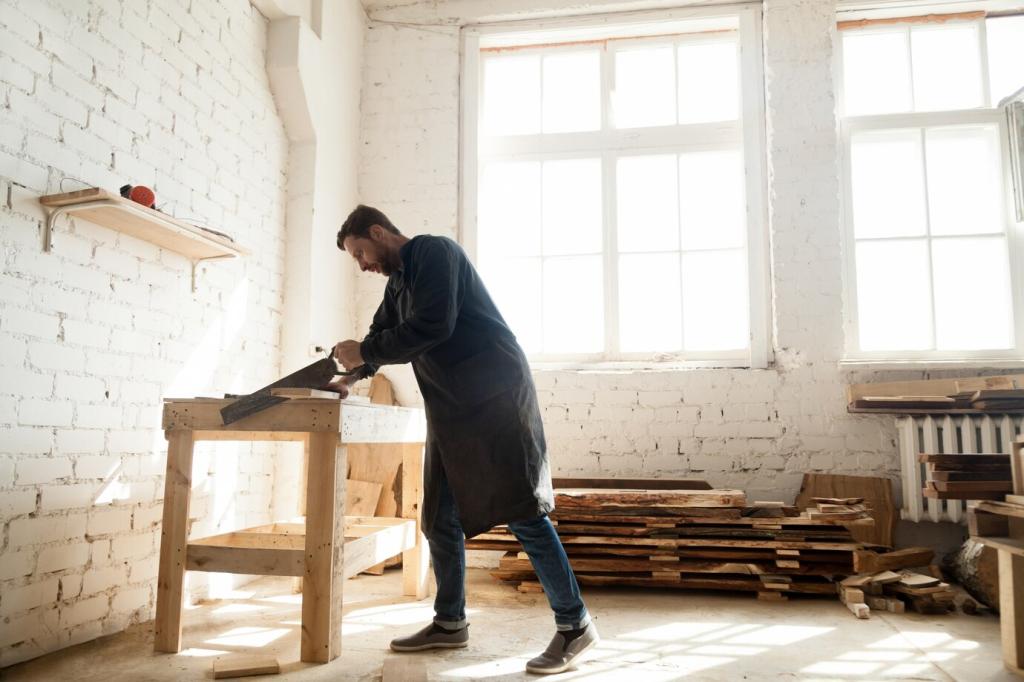
Laser Precision Cleaning for Antiques: Gentle Light, Lasting Heritage
Chosen theme: Laser Precision Cleaning for Antiques. Discover how finely tuned laser pulses lift soot, tarnish, and stubborn residues while honoring original surfaces, stories, and patina. Join our community, ask questions, and subscribe for careful, conservation-first insights and new case studies shaped by respectful light.
The Language of Light and Layers
Laser precision cleaning relies on how contaminants and substrates absorb light differently. Dirt, soot, and degraded coatings often absorb more energy than the antique’s surface, allowing targeted release. Short pulses lift unwanted layers without prolonged heat, helping preserve tooling marks, grain, and delicate patina. Have you seen surprising details reappear after careful cleaning? Share your moment below.
Pulse, Fluence, and Control
Conservators control fluence, repetition rate, and pulse duration to stay below the substrate’s damage threshold. Nanosecond pulses at carefully tested energy densities free contaminants with minimal thermal load. Bracketed spot tests, magnification, and raking light confirm progress in real time. Interested in parameter ranges and why they matter? Comment with your object type, and we will discuss evidence-based settings.
Why Patina Matters
Patina is not dirt; it is history’s fingerprint, cherished by collectors and museums alike. With laser precision cleaning, the goal is selective clarity, not a sterile shine. Conservators assess cultural value, market expectations, and structural needs before proceeding. Do you prefer gentle conservation over aggressive restoration? Tell us how you balance authenticity and aesthetics.
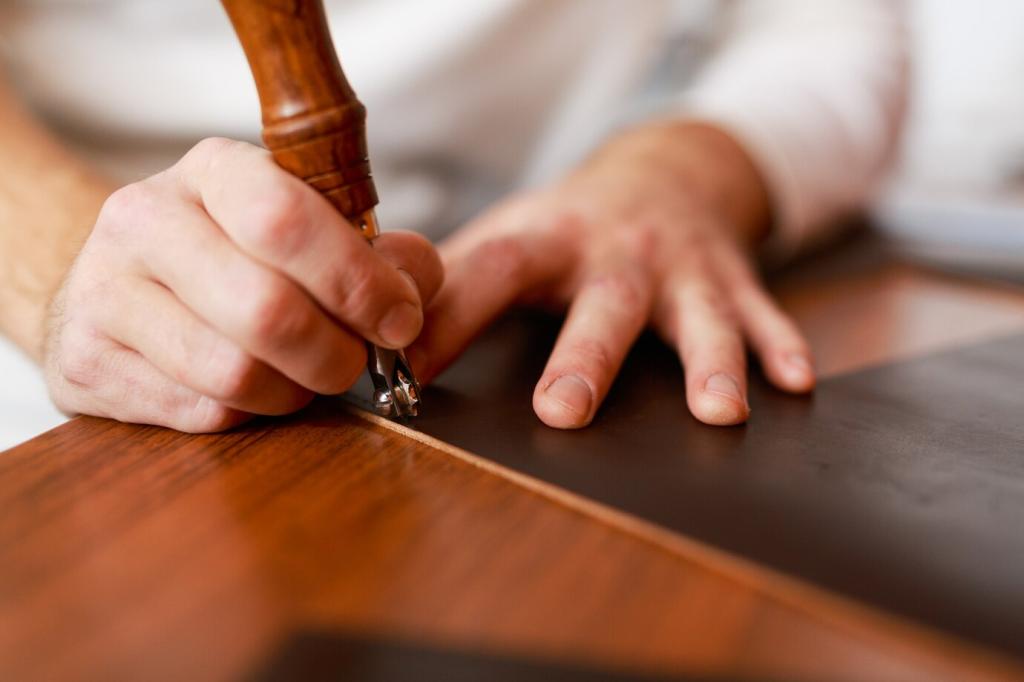
Bronze, Silver, and Iron Nuances
Bronze may carry stable patina worth preserving while allowing removal of harmful chlorides or soot. Silver tarnish responds differently than corrosion on iron, requiring adjusted fluence and sometimes alternate wavelengths for selectivity. Test patches guide choices and protect inscriptions or chased details. Curious about a specific alloy or finish? Post a photo and we will talk through safe approaches.
Stone and Ceramic Sensitivities
Porous limestone or marble can trap salts and pollutants. Laser precision cleaning can release surface soiling without saturating pores, but microcracking risks demand conservative settings and vigilant monitoring. Ceramics with glazes may behave differently than unglazed bodies. Share your stone or ceramic challenges, and subscribe for demonstrations on reading plumes, sounds, and surfaces during treatment.
Wood and Gilded Frames
Organic binders, delicate bole, and loose leaf gilding make frames especially sensitive. Low fluence, broad spot sizes, and masking techniques help protect friable edges, and sometimes the best decision is to avoid laser use entirely. When viable, selective passes can reveal carving depth without stripping gold or warmth. Have a frame with smoke staining? Ask us about safe testing sequences.
Stories from the Studio: Three Restorations with Laser Light
A brass Victorian mantle clock arrived cloaked in coal soot from decades near a fireplace. With gentle, incremental passes, the laser revealed engine-turned patterns hidden for years, leaving the mellow patina intact. The owner said it ticked louder afterward, though we suspect that was joy. Would you like more before-and-after stories? Subscribe and send us your heirloom’s backstory.
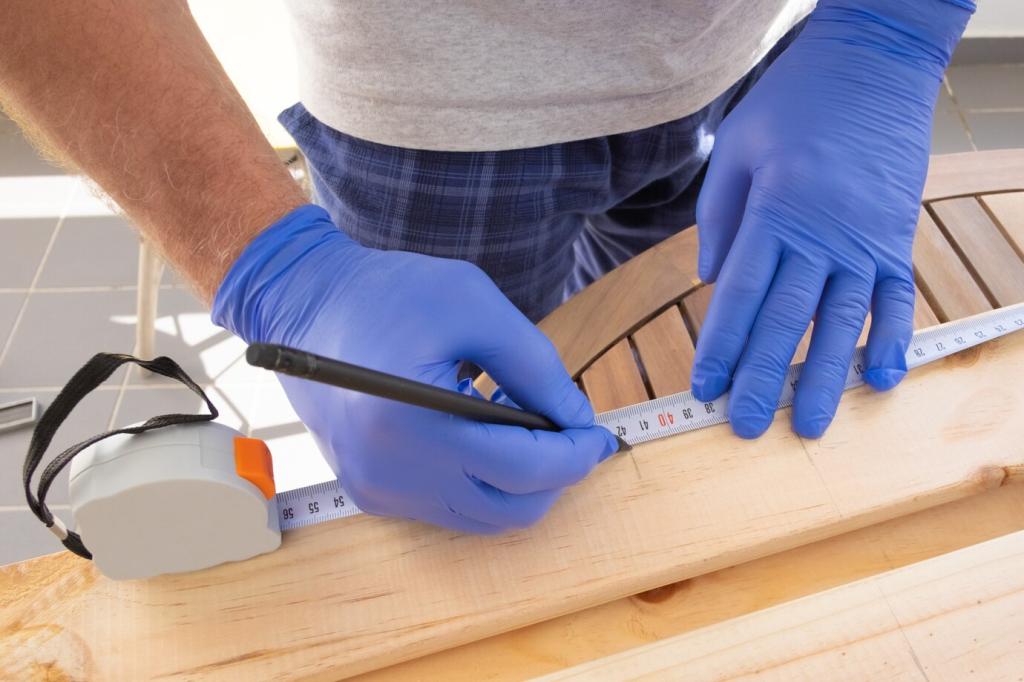
Safety, Ethics, and Documentation
Conservation-first practice prioritizes minimal change and maximum knowledge. We study construction, finishes, and prior repairs before choosing any approach, laser included. The goal is reversibility where possible and full respect for original materials. Do you value a light touch over drastic transformation? Join the discussion and help shape responsible norms for future generations.
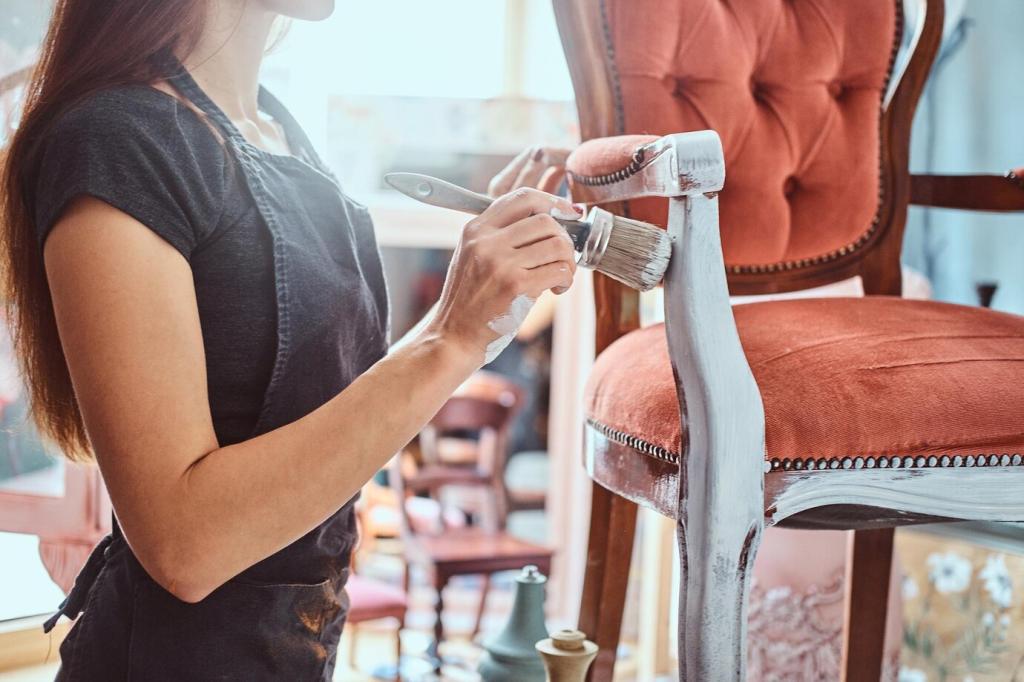
Tools and Settings: Choosing the Right Laser for Antiques
01
Wavelengths and Selectivity
Nd:YAG sources at 1064 nm often target dark contaminants while preserving many substrates. Frequency-doubled 532 nm, and occasionally 355 nm, can improve contrast for specific coatings or residues. Decisions follow tests, not assumptions. Curious how wavelength affects gilding, marble, or silver? Ask away, and we will compare case notes in accessible, non-technical terms.
02
Beam Delivery and Spot Geometry
Handpieces and galvo scanners produce different spot profiles and speeds. Homogenized beams reduce hot spots, improving evenness across complex carvings or castings. Overlap, dwell time, and pass count shape outcomes as much as raw power. Want a mini-guide to spotting a well-controlled beam? Comment below and we will build a visual primer you can reference.
03
Real-Time Feedback While You Clean
Acoustic cues from the plume, subtle color shifts, and loupe inspection guide each pass. Raking light reveals micro-topography, preventing over-cleaning of soft details. We pause often, document, and adjust. Interested in non-invasive monitoring tools conservators love? Subscribe for a breakdown of simple lighting setups that dramatically improve decision-making during laser precision cleaning.
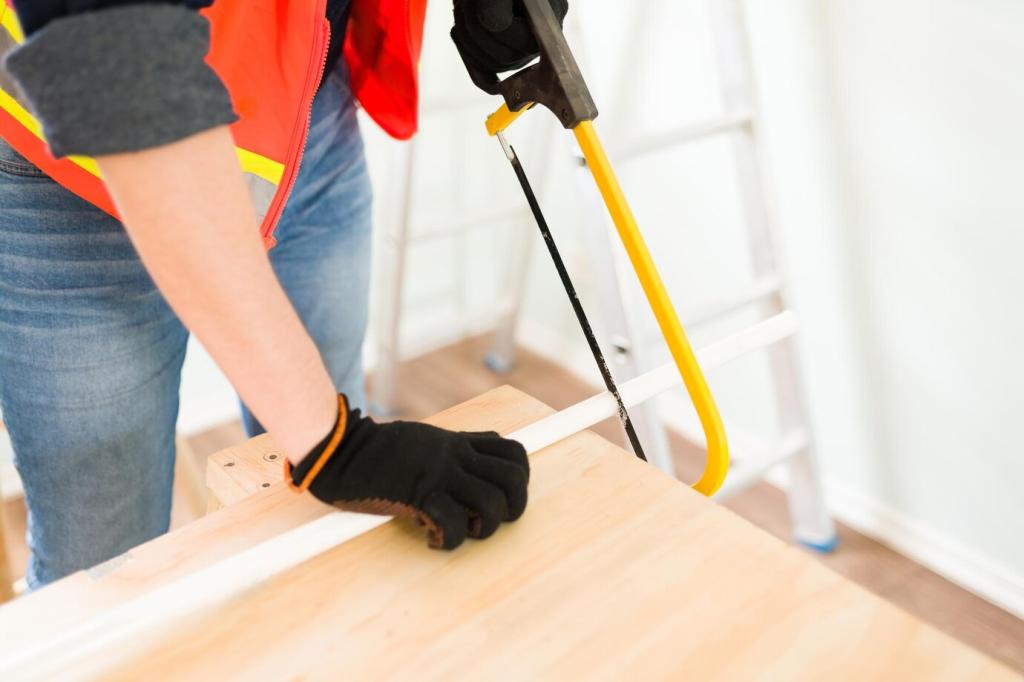
Before and After: Preparing, Cleaning, and Caring
We begin with condition reports, magnified inspection, and small, discreet test squares. Mapping materials and prior interventions helps set realistic goals. Sometimes the best choice is partial cleaning to keep character. Have questions about evaluating your piece? Post details, and we will outline a careful triage plan in plain language.
Before and After: Preparing, Cleaning, and Caring
Short, measured passes with cool-down intervals control heat and prevent cumulative stress. Adjusting repetition rate and scan speed maintains stability while steadily moving contaminants. The result is deliberate progress rather than dramatic swings. Curious about timing between passes or signs to pause? Ask in the comments, and we will share our pacing checklist.
Join the Conversation: Your Antiques, Your Questions
Tell us about a family piece whose beauty is obscured by grime. What do you hope to reveal, and what must remain untouched? Your goals shape responsible approaches. Comment with photos, material details, and history, and we will discuss options rooted in laser precision cleaning and conservation ethics.
Join the Conversation: Your Antiques, Your Questions
Unsure whether laser is appropriate for your object? Ask specific questions about materials, finishes, or previous repairs. We will suggest cautious tests and decision pathways that respect authenticity. The more context you provide, the better our guidance. Start a thread today and help others facing similar conservation puzzles.
Join the Conversation: Your Antiques, Your Questions
We publish case notes, how-to visuals for safe observation, and interviews with conservators using laser precision cleaning thoughtfully. Subscribe to receive new posts, templates, and behind-the-scenes insights. Want notifications tailored to your collection’s materials? Tell us your focus, and we will prioritize relevant stories and tools.
